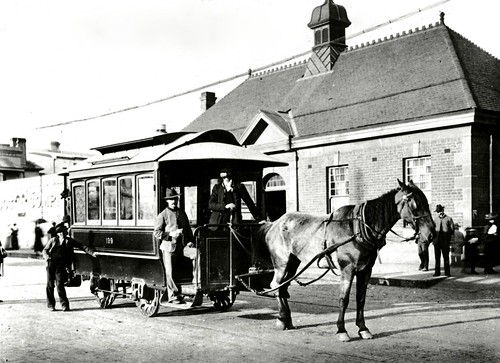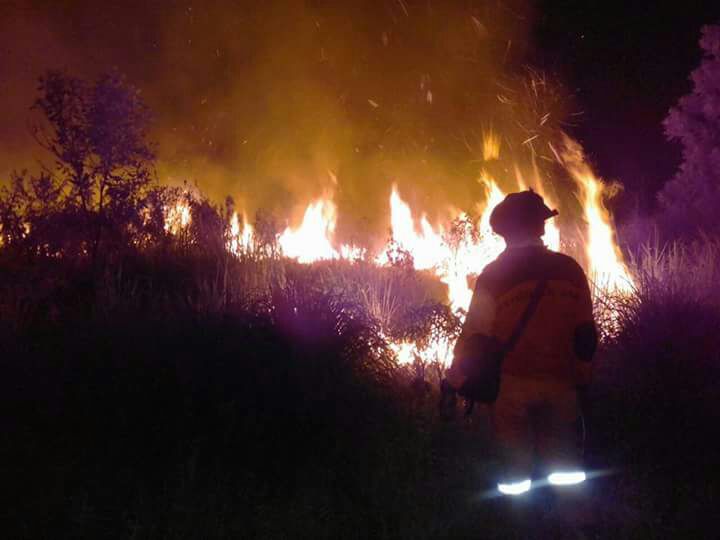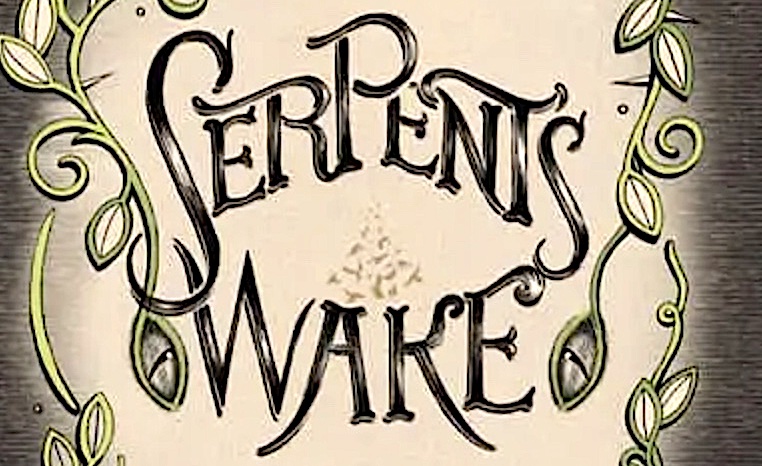Chatting with students in class about Australia in the 1950s inevitably led to me reflect on the demise of Sydney’s tramway system. I loved trams as a child, I still do, and it remains a delight to be somewhere trams are still in use. The elevation, comfort , relative quiet and freedom from vibration when trams stop to collect passengers, or in traffic, contributes to a more peaceful journey than travel by bus or car. Some tram journeys are wonderful experiences and according to the GS Tram Site “there are almost 3200 cities in the world that have now, or had in the past, tram and/or LRT systems.”
In Constantinople/Istanbul the journey from Sultanahmet past the Grand Bazzar via Agia Sophia to the Spice Markets on the banks of the Golden Horn is enchanting. From a childhood perspective the trip from Randwick to Flinders St along the margins of Centennial Park, past the Sydney Showground and Cricket Ground with water hens, ducks, ferris wheels and the Cricket Ground’s green domes was embued with its own magic.
In Sydney the only serious rival for trams are the ferries, but that’s another story.
Tram’s First appearance in Sydney
Trams made an early appearance in Sydney. A limited horse drawn service appeared appeared as early as 1861, running from Central to Circular Quay and there were horse tram services still running as late as 1894, as shown in this photo from State Records NSW.
By 1879 the first steam tramway was established. The photograph of this tram is from 1879 and is part of a collection from State Records NSW.
Steam trams continued to be an important means of transport as Sydney grew through the next two decades. When steam trams first appeared Sydney was a small city with 95% of the population living in the City of Sydney area and the immediate inner-city suburbs of Woolloomooloo and Darlinghurst in the east, Redfern and Newtown in the south, Glebe, Annandale and Balmain to the west.
In the 1880s suburbs such as Leichhardt, Petersham, Stanmore and Summer Hill began to develop. These suburbs were the outer growth zone of Sydney. Beyond lay dairy farms and market gardening. Trams were part of this development.
1920s Expansion
By the 1920s suburban expansion was becoming very rapid. Supported by an increasingly extensive urban tramway network there was a wave of development and suburbs like Bondi, Bronte, Clovelly, Coogee, Daceyville, Kensington, Kingsford, Maroubra, Randwick, Waverley, Willoughby, Canterbury, Bankstown, Haberfield, Concord, Five Dock, Auburn, Dundas and Eastwood grew rapidly. Trams were also operating on the north shore of the harbour from Milson’s as far as Chatswood in the early 1900s. After the opening of the Harbour Bridge in 1932, trams also serviced suburbs such as Neutral Bay, Cremorne and Mosman.
World’s Largest Tram Network
The following photograph of trams in Railway Square Sydney was taken in 1927 just five years before Sydney’s urban tramway system had acquired the status of the world’s largest. Tragically, 30 years later it was gone.

As a child growing up in the Eastern Suburbs of Sydney, during the 1950s and early 1960s, I lived through the demise of trams and the beginning of the automobile revolution.
In the following photograph from the early 1950s, taken looking south along George St from Martin Place towards the intersection of George and Barrack Sts, the relative absence of cars is most apparent. At this time cars were still expensive and new cars luxury items.

With the mass production of cars over the ensuing ten years and the change over to a transport system based on cars and buses, the impact was dramatic.

My students were quick to find the ‘tram graveyard‘, indeed they and successive generations of their peers had found it some years before and set about transforming the trams that remained.
Sydney’s Trams Today
The present Central to Lilyfield route is a very different experience to the trams of yesteryear, for starters it’s expensive and also over engineered. It carries a few commuters but so far its main clientele seem to be tourists and patrons for the Star City Casino. I sometimes jump on to go to the city or the Fish markets. The line is to be extended to Dulwich Hill and there’s even talk of resurrecting the trams from the graveyard and running them around s a tourist attraction. The Barangaroo incorporates trams running along Hickson Rd to Millers Point and Walsh Bay.

So I guess there’s still hope for a return to a more extensive tramway system and a greener city. Indeed, some of the features of the proposed Barangaroo development include a restriction on the size of underground car parking in the southern commercial precinct to two levels and an emphasis on public transport, bicycle paths and pedestrian bridges to the CBD.
For more on Sydney’s trams see “Remnants of Sydney’s Once Great Tramway“.






Leave a comment